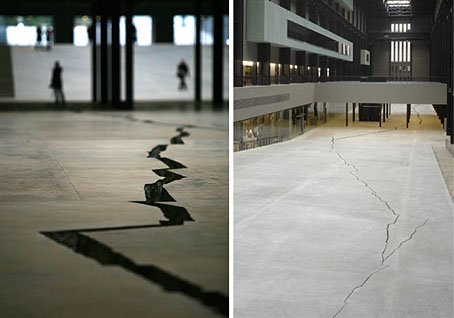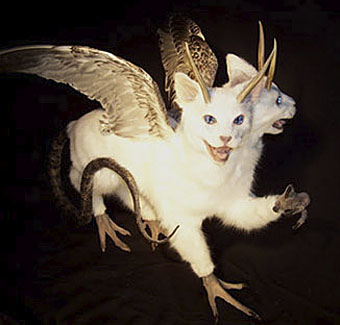Art for crack addicts.
Tate Modern’s Turbine Hall is so vast and empty it’s quite a challenge for an artist to do anything interesting with it. One option is to try and fill the space which is what Anish Kapoor did with his enormous Marsyas, the first of the Turbine works I saw there in 2002.
Colombian artist Doris Salcedo has caused a stir this week by unveiling her own offering which seems to ruin the concrete floor with a succession of cracks that run the length of the building. I say “seem” because it looks from photos like she’s installed a series of large concrete slabs over the original floor (she won’t say how it’s been made), something that the structure of the cracks in close-up would seem to confirm. The rationale for this—that the work is “addressing a long legacy of racism and colonialism that underlies the modern world”—isn’t remotely obvious, a perennial problem with contemporary art; a crack in the floor can mean any number of things, after all, and it’s difficult to see how an unbriefed visitor would arrive at that conclusion. However, I’d still like to see this in situ even if it doesn’t match the splendour of Olafur Eliasson’s Weather Project from 2003.
Shibboleth can be seen from October 9th 2007–April 6th 2008.
Update: Builders and an architect ponder the mystery of the crack’s creation.
• Shibboleth at Tate Modern
• A video at The Guardian
Previously on { feuilleton }
• Olafur Eliasson’s Serpentine Pavilion
• Cloud Gate by Anish Kapoor



